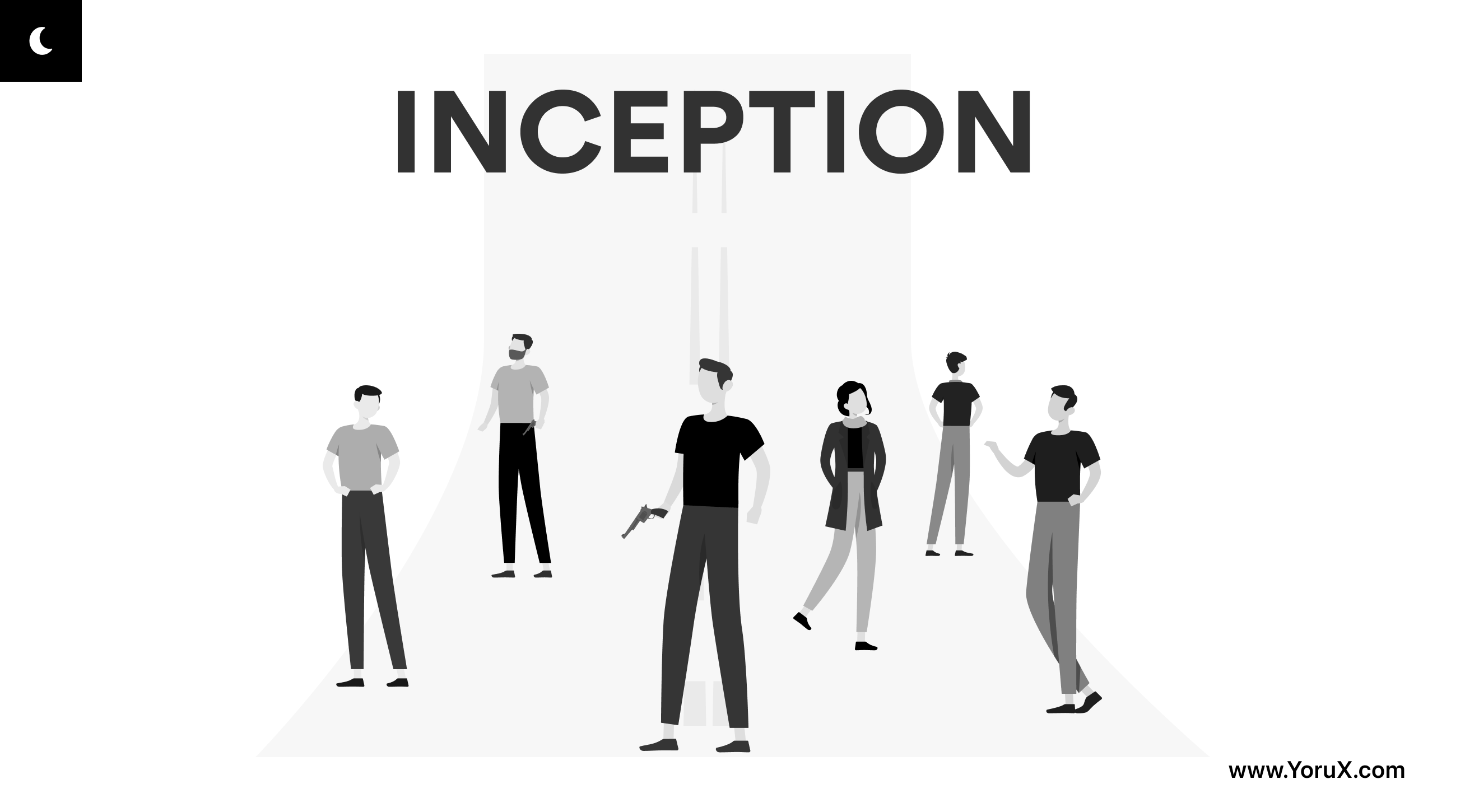
It would be difficult to find a person who’s never heard of Christopher Nolan’s movie “Inception.” It single-handedly defined the 2010s and was burned deep into the memories of moviegoers for years to come.
Part of its appeal was the unique setting it brought to the table – dreams. We’re here today to discuss whether the movie portrays the concept of Lucid Dreaming correctly.
Manipulation of the environment
Throughout the movie, we can witness many instances in which the characters control, change, and manipulate their environment. They manifest weapons out of thin air, fold buildings, and do other wacky stuff that’s impossible to recreate in the real world.
This notion captures the essence of Lucid Dreams to the letter – there is virtually nothing you can’t do while dreaming consciously.
However, in the movie, Cobb tells Ariadne that she should be careful about manipulating the environment too much as it will draw attention to the people around her, and they will eventually confront and turn on her.
In (Lucid Dream) reality, that’s not what happens at all. Although some things might be more difficult to do than others, you will never receive any retaliation from your unconscious mind in the form of other people attacking you. And even if you do, you can easily make those entities disappear, teleport somewhere else, or wake up from the dream entirely.
Awareness inside a dream
The thing “Inception” portrays very realistically is the awareness of being inside a dream. In his first conversation with Ariadne inside a Lucid Dream, Cobb asks Ariadne if she knows how they got there.
She is visibly confused and can’t recall pretty much anything that happened before the conversation. That is exactly how dreams usually occur – you’re transferred straight into the action, without a clear beginning to your journey and, usually, without being aware that you are dreaming.
Even if there’s weird stuff happening around you, such as a train appearing in the middle of the city, you might not realize to be dreaming if you’re not properly trained (such as was the case with Robert Fischer).
Reality Checks
In the movie, dreamers use so-called “totems” to check whether or not they are dreaming. It can be anything from a spinning tractricoid (that would continue to spin indefinitely inside a dream) to dice (that always lands on the same number in a dream). Although these work just fine as Reality Checks, they’re extremely impractical.
There are various ways to test the reality around you that are much more efficient, such as checking the time or pushing a finger through the palm of your hand.
All in all, “Inception” portrays the concept of Lucid Dreaming quite accurately. Although, there are a couple of additional things to clear:
- You will not die in the real world if you die in a Lucid Dream.
- Outside stimuli can affect the dream environment – you might hear your alarm clock or feel the touch of another human while being asleep and dreaming. However, it is unlikely you’d feel weightless inside a dream on the off chance you fall while sleeping.
- Time does not usually work differently in the dream world compared to the real one.
- Although you can have a dream within a dream, you can’t simply go to sleep in a dream to dive deeper. Dreams within dreams occur when you experience a “false awakening.”
Good luck, Dreamer!


.png)

